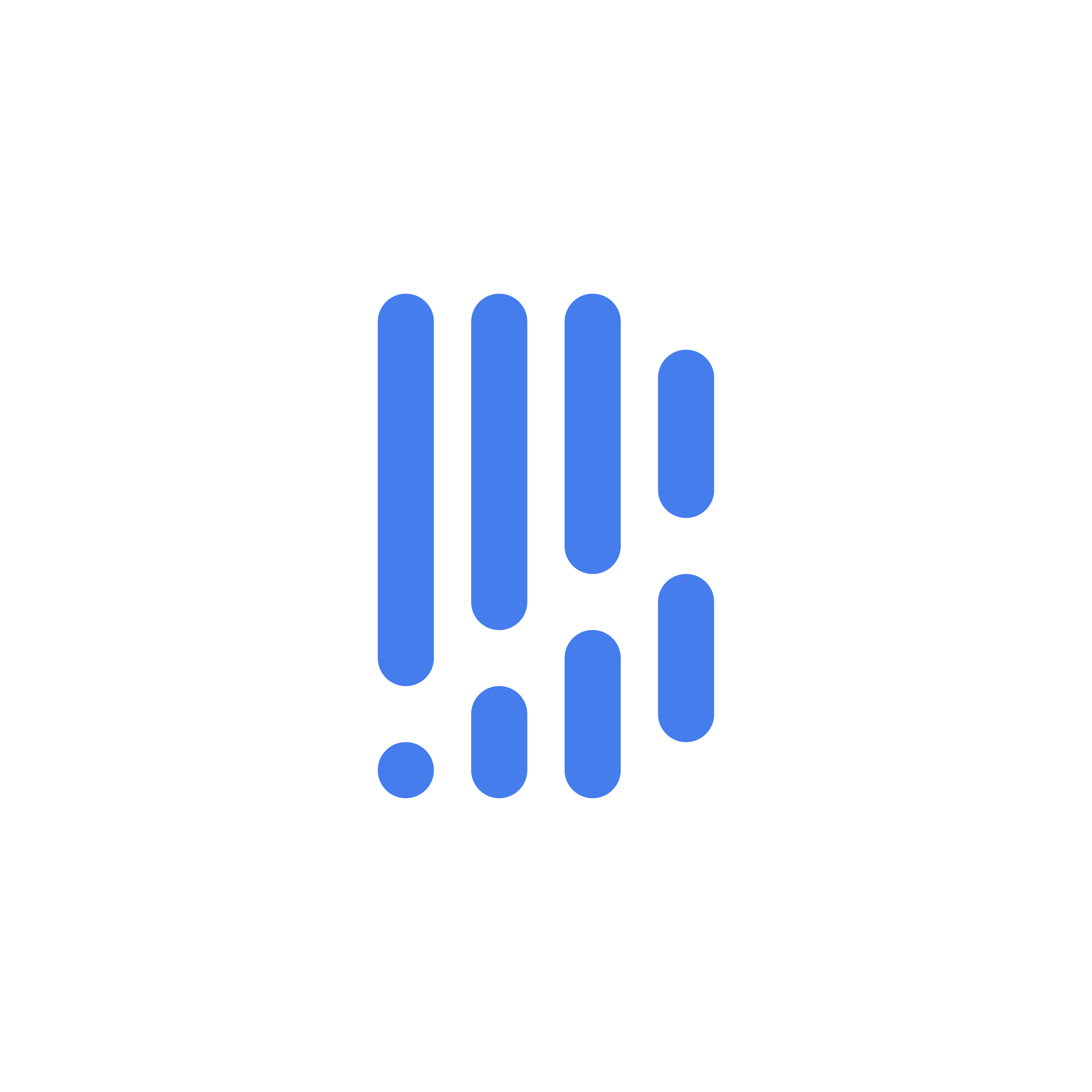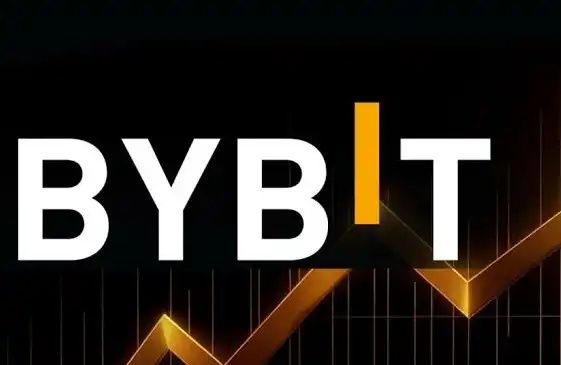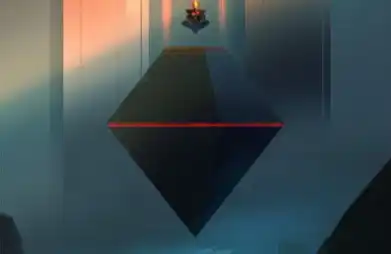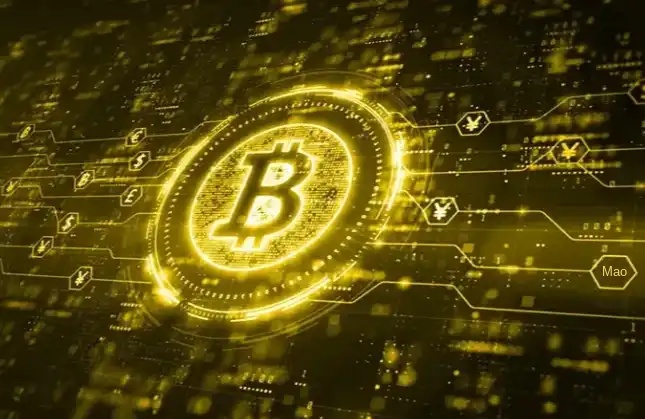Exclusive interview with Jeff from Sei Lianchuang: Unveiling the upgrades of SEI's v2 version and parallel EVM behind the surge in SEI price.
Interview: Jack, BlockBeats
Editor: Jaleel, Luccy, BlockBeats
In November 2023, Sei Labs took full advantage of Sei's mature advantages and launched a major upgrade of Sei v2 - the world's first parallel EVM. This innovation not only opens up new doors for EVM developers worldwide, but also marks an important step for Sei in fully leveraging Solana and Ethereum - the two major super-optimized execution layers.
This upgrade means that any application built on the EVM chain will be able to be deployed on Sei, providing a wider range of user support and richer "web-2" style interactive experiences than existing blockchains. These applications can offer lower transaction costs, higher throughput, while avoiding centralization trade-offs, complexity, or the burden of operating Ethereum L2 rollups. In this way, Sei simplifies the use of EVM once again.
According to Jayendra (Jay) Jog, co-founder of Sei Labs, on social media, Sei v2 not only supports EVM but also supports Cosmwasm. With stateful precompiles and chain-level message scheduling, EVM and Cosmwasm contracts will be able to call each other. After this announcement, the price of Sei continued to rise, reaching a peak of $0.85 USD. As of the time of writing, the price of SEI is $0.73 USD.
Against this backdrop, BlockBeats interviewed Sei's co-founder Jeff Feng in depth. Jeff graduated from the University of California, Berkeley and was a data analyst at Yelp and a TMT financial personnel at Goldman Sachs. He later joined Coatue Management (Bay Area) as a venture capitalist and founded Sei in 2022. In the interview, Jeff delved into Sei's past progress, future trends, and parallel Ethereum Virtual Machine (EVM) and Sei v2 version.
Sei's Rise
BlockBeats: What is your opinion on the external rumors that Sei's ecological development is slow?
Jeff: Maybe we can first outline a timeline for everyone. Sei officially launched its mainnet on August 15, 2023, and so far, about four and a half months have passed.
For community members who feel that development is slow, what is their perspective based on? If compared to Solana today, it is true that we appear to be developing more slowly. This is because Solana has been around for many years and has had enough time to establish a community and develop. Moreover, before Sam established Serum, he had basically nothing, and many things actually appeared quite a long time after the mainnet went live.
Everything didn't happen overnight. We need more time to start from day one. However, compared to some of the current large ecosystems, Sei's development is actually quite fast. And all recent progress is basically the result of the foundation team and some top founders and builders in the ecosystem working together to seize the right market opportunities. So, at least from a data perspective, this is evidence.
BlockBeats: What are the differences between Sei's vision and Solana?
Jeff: Our team has been fortunate to learn a lot from the development of Solana, including its strengths, weaknesses, and valuable lessons. This is partly due to Sei's main investors, such as MultiCoin, Jump, Coinbase Ventures, and Distributed Global, who are also Solana's main investors.
Therefore, we have the opportunity to learn from these investors, understand their achievements and mistakes, and explore how we can be different. This partly explains the strategy we have taken. I have great respect for the driving force of the Solana market, the work of Anatoly and Raj. Therefore, we have gained many valuable insights from their approach.
However, in terms of differentiation, both Solana and Sei are committed to solving the same fundamental problem: scalability. They are both aimed at building a highly scalable single blockchain for optimal performance, which translates to providing the best user experience. This is where their true significance lies.
Ultimately, Sei focuses on solving the problems that users face, which is the biggest difference between it and most other Layer 1 platforms. In the cryptocurrency industry, people often focus too much on technical issues, while some Layer 1 platforms are more concerned with the parallelization of technology or blockchain. This sounds great, but what does it ultimately mean for users? Our goal is to solve the actual problems that users face. Technological progress is part of solving these problems, but most importantly, Sei is committed to improving the user experience related to trading assets. We believe that trading is the core value of blockchain, whether it is the exchange of NFTs, DeFi tokens, risks, or states. This is a broad concept that many people may not fully understand yet.
If you believe that trading is the core value, then the most important thing is to solve this problem. If Sei succeeds, the founder will be able to build an exchange or application similar to Binance or Coinbase. But it is not possible at the moment. Even the best dedicated exchanges on the chain, such as DyDx, Hyperliquid, Vertex, GMX, etc., no matter how well they are built, cannot be as fast or efficient as Binance. If these platforms are on Arbitrum or other chains, they have the potential to succeed. Therefore, major technological advancements, including EVM parallelization, are part of solving user problems, but this is not Sei's main focus.

Finally, returning to the question about Solana, one simple way, according to Sei, is to combine the strengths of Ethereum and Solana. Solana's main advantage is that it combines blockchain with the latest computing technologies, such as parallelization, which Ethereum does not have. Ethereum's advantage is that it occupies a dominant position in the minds of developers and is still the choice of most qualified founders, with a large number of tools and network effects built around it. Therefore, if these two strengths can be combined, their potential can be maximized.
It can be said that Sei is a platform that combines Solana and more EVM (Ethereum Virtual Machine) contributions. However, compared to Solana, Sei has received less attention and favor from developers. In terms of Sei's development direction, we focus on building a blockchain network optimized for exchanges and traders. This means that we are not only solving technical problems, but also committed to improving and enriching user experience. We believe that by focusing on these core areas, Sei can occupy a place in the blockchain field and provide an unparalleled platform for traders and developers. Our goal is to address real user needs while maintaining optimal performance, which is what sets Sei apart from Solana and other Layer 1 platforms.
Parallel EVM Innovation
BlockBeats: Parallel EVM narrative is popular, but many people still don't understand why a system that combines Layer 2 and Solana is needed. It seems that people have to choose between EVM and Solana. Why do you think this narrative has emerged and why did Sei choose to build on this basis?
Jeff: First of all, I want to emphasize that although narratives are crucial for spreading awareness, they do not always guide our decisions. What is truly important is that over time, the real beneficiaries are the actual users who benefit from the better experience provided by parallel EVM and Sei v2. This is the only thing that truly matters in the long run. Narratives, market prices, and so on will fluctuate, which is a characteristic of the crypto industry. As for the Sei team, we focus on the long term and look at what is most beneficial for users in the next five to ten years.
Regarding Parallel EVM, what I want to point out is that many investment companies, such as Paradigm, actually started discussing this topic only after the announcement of Sei v2. In fact, Sei v2 has sparked the industry's attention to parallelizing EVM.
From a technical perspective, Sei v2 will use Geth at the underlying level to achieve full EVM bytecode compatibility. Simply put, you can migrate smart contracts from Ethereum to Sei without any changes. It leverages various existing tools, so all tools built by Paradigm's Foundry, ConsenSys, and the same RPC interface will be compatible.
The second point is that Sei's parallelism is actually superior to Solana's. At a high level, we are combining the greatest strengths of Solana and Ethereum. Ethereum's main advantage lies in its developer community, all the tools, knowledge, and community built over the past decade, and clearly not in speed, cost, or user experience. On the other hand, Solana's main advantage lies in its performance and speed. If we can combine these two, we can unlock tremendous potential. Talking to most Ethereum developers, they know they are almost locked in on the types of applications and user experiences that can be offered.
As for why Layer 2 cannot be used to achieve this, we already have other expansion solutions. Sei v2 is an attempt at a different expansion solution for the Ethereum ecosystem. Layer 2 uses expansion methods such as proofs, while Sei v2 uses a different method, parallelization. Both methods have their effectiveness, and if they can be successfully verified, the Ethereum ecosystem can adopt these methods and potentially achieve significant growth. Therefore, Sei v2 can be seen as a different expansion attempt, one of the first methods we have tried, making Sei the first platform to implement parallelized EVM.
This parallelized EVM narrative emerged because, as blockchain technology continues to evolve, both the market and developer community are seeking solutions that balance performance and flexibility. Layer 2 solutions are committed to enhancing scalability without sacrificing Ethereum's security and decentralization. Solana, on the other hand, focuses on providing high-performance and low-cost transactions. The goal of Sei v2 is to combine these two advantages and create a platform that can provide both high performance and maintain the strong development tools and community advantages of the Ethereum ecosystem.

Finally, why do we need this narrative? Why did Sei choose to accept and build on this basis? Because we believe that by combining parallelized EVM, we can not only solve some of the existing technical limitations, but also provide developers and users with a richer and more efficient experience. We see the huge potential of this combination and believe it is key to driving the entire crypto ecosystem forward. We hope that Sei can bring new innovations and improvements to the industry in this way.
BlockBeats: Do you see various Layer 2 solutions as competitors, or do you believe that Sei offers another way to enrich the Ethereum ecosystem? Or, is Sei competing with these Layer 2 solutions?

I believe these protocols are beginning to realize that Sei v2 provides them with a whole new design space, which may enable the construction of new types of products and features that were previously impossible. This is part of the conversation that the foundation is currently having, and we hope that users will be able to see the results of these efforts in the coming months.
BlockBeats: Did you know that Solana has launched Fire Dancer? Does Sei also plan to add more computing power on the same network to significantly improve performance and speed?
Jeff: Absolutely, this is indeed a focus we plan to concentrate on later this year after the full release and stabilization of v2. We hope to improve the overall performance and speed of the network by increasing computational power.
BlockBeats: There are many excellent developers in China. What would you like to say to encourage them to join the Sei ecosystem? What opportunities can they get in the Sei ecosystem?
Jeff: First of all, Sei's user base and community are very organic, which is a major highlight for us. The difference between Sei and many other Layer 1 platforms is that we rely more on organic community development rather than large amounts of funding and venture capital. This is a key point that developers may quickly notice when joining us. Secondly, working closely with the Sei Foundation is a huge opportunity. Many people have shown outstanding vision and determination in building during the bear market period, which is something to be proud of. Finally, there is an opportunity to try new types of applications. The goal of Sei v2 is to bring the performance and speed we see on Solana to the entire Ethereum ecosystem. This is a great vision and undoubtedly a great opportunity for developers who want to innovate and explore in this field.
BlockBeats: Do you have anything special to convey to the Chinese community?
Jeff: If you want to learn more about Sei, please follow Sei on Twitter. If you have any questions or ideas, you can directly message the official Sei account or team members with the Sei logo. Currently, we are discussing Mainnet 2.0 and how to prioritize the best applications and founders to maximize all focus and potential incentive mechanisms. Now is the perfect time to join us, whether it's the foundation, myself, or our team, we all hope to be your partners.
欢迎加入律动 BlockBeats 官方社群:
Telegram 订阅群:https://t.me/theblockbeats
Telegram 交流群:https://t.me/BlockBeats_App
Twitter 官方账号:https://twitter.com/BlockBeatsAsia
 Forum
Forum OPRR
OPRR Finance
Finance
 Specials
Specials
 On-chain Eco
On-chain Eco
 Entry
Entry
 Podcasts
Podcasts
 Data
Data


 Summarized by AI
Summarized by AI






